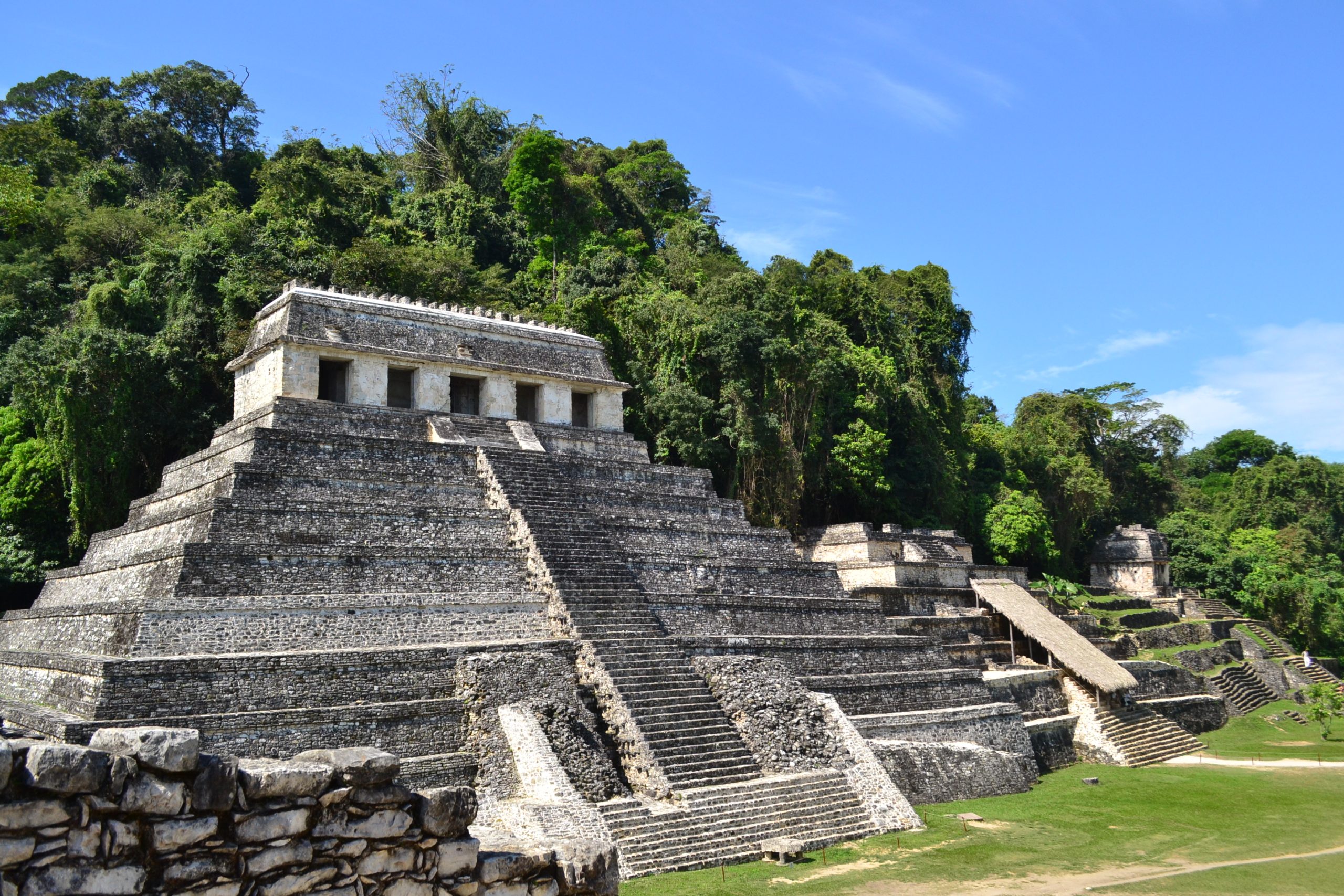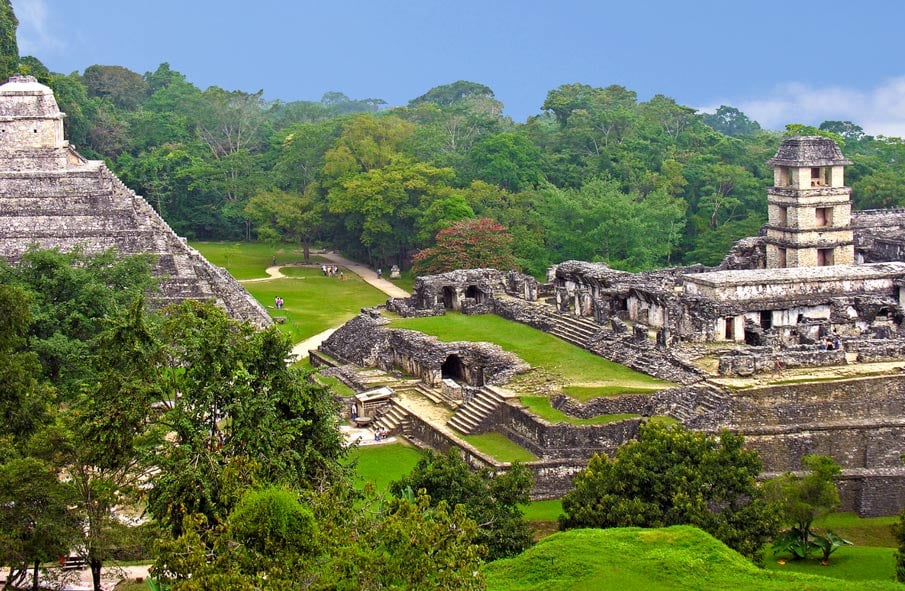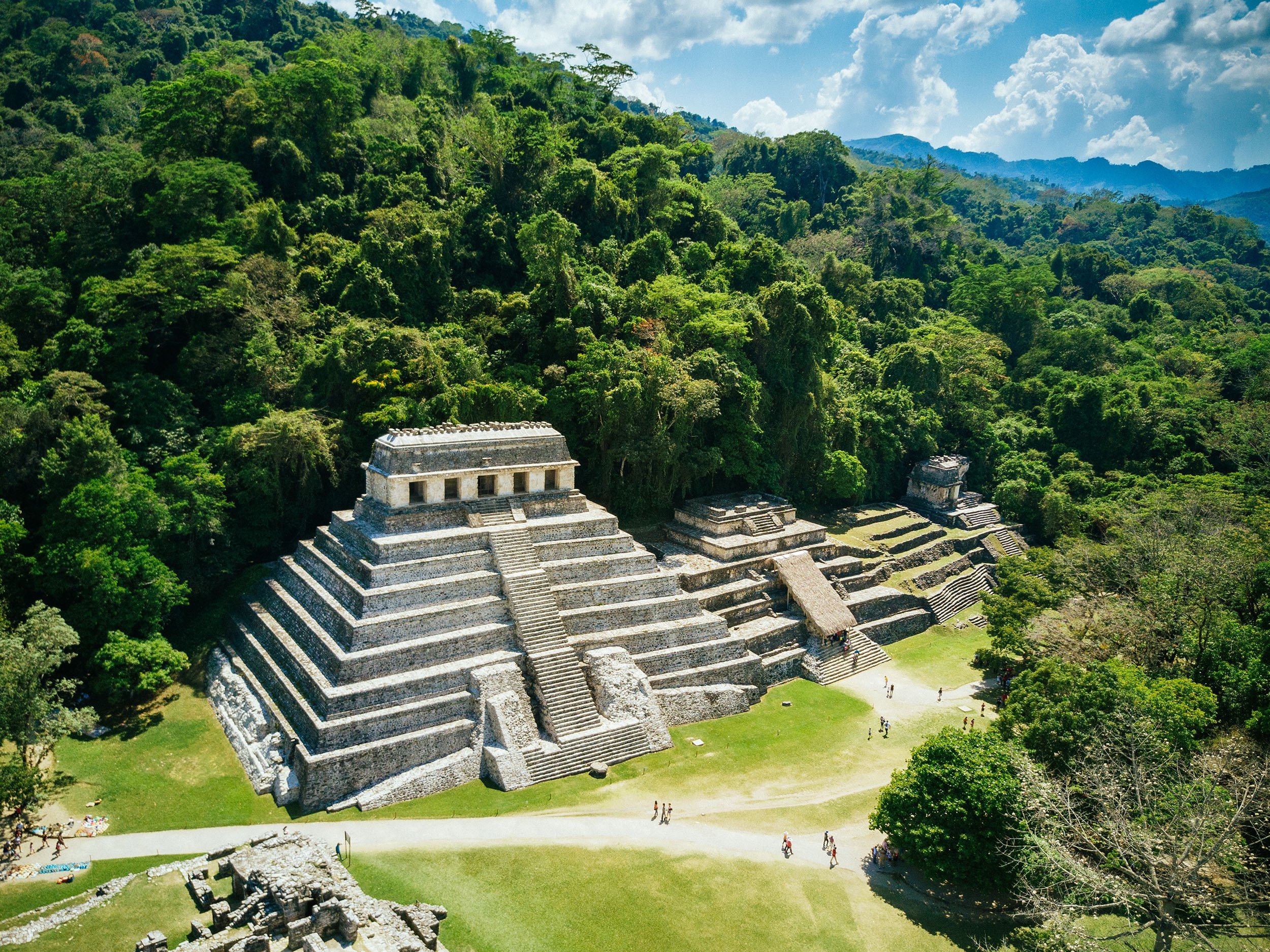The Temple of Inscriptions: Palenque’s Majestic Legacy of King Pakal

Rising from the lush rainforest of Chiapas, Mexico, the Temple of Inscriptions in Palenque is one of the most iconic and mysterious achievements of Maya civilization. Built in the 7th century CE, this pyramid served as the final resting place of King Pakal the Great and remains a masterpiece of sacred architecture and royal tribute.

Pakal the Great ruled Palenque for nearly 70 years, ushering in a golden age of art, architecture, and political power. The temple—constructed during his lifetime—was designed as his funerary monument, a stairway between the mortal world and the divine. It stands as a powerful symbol of Pakal’s legacy and the Maya belief in the sacred journey after death. 
The temple earns its name from the long hieroglyphic inscriptions carved into its inner walls. These panels contain over 600 glyphs—some of the most extensive and important in Maya epigraphy—detailing the dynastic history of Palenque, mythological creation stories, and the divine right of Pakal’s rule. It is both a shrine and a storybook in stone. 
In 1952, archaeologist Alberto Ruz Lhuillier uncovered a secret staircase buried beneath the temple’s floor. This led to an astonishing discovery: Pakal’s royal tomb, deep within the pyramid. Inside lay his limestone sarcophagus and one of the most iconic artifacts in Mesoamerican archaeology—his jade funerary mask, symbolizing both power and eternal life.